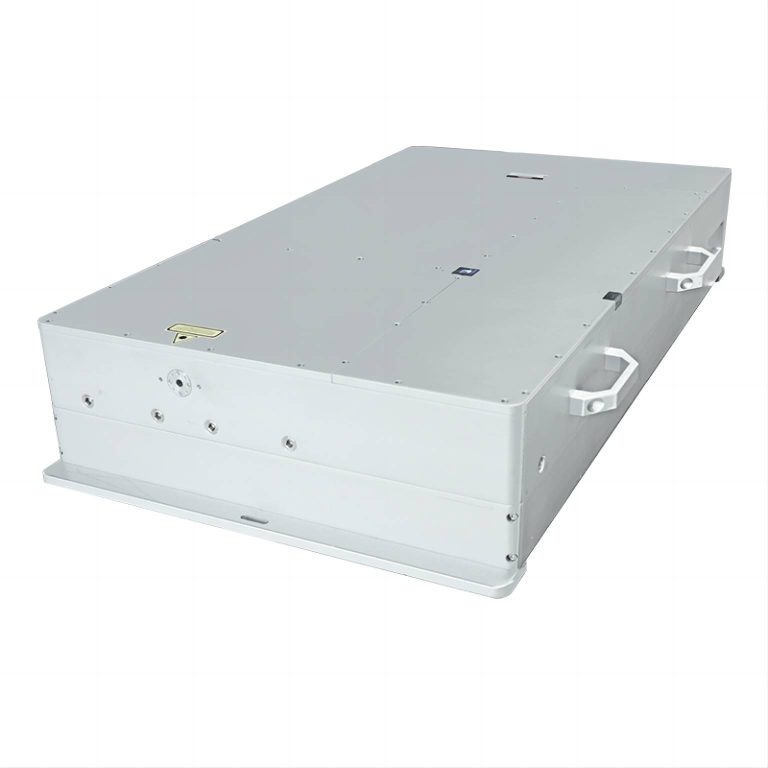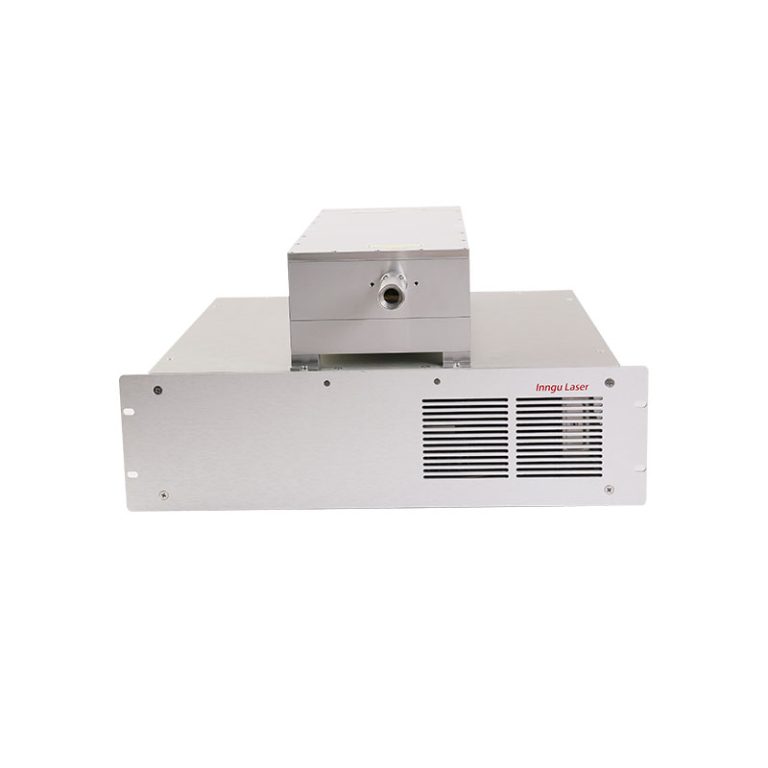Introduction
In recent years, technological advancements have transformed the field of dermatology and aesthetics, offering innovative solutions to address various skin concerns. One such groundbreaking technology is Pico laser, a cutting-edge tool that has revolutionized the way we approach skin rejuvenation, tattoo removal, and various other dermatological procedures. In this comprehensive guide, we will delve into the intricacies of how Pico laser works, exploring its mechanism, applications, and the precision it brings to the world of laser therapies.
Understanding the Basics of Pico Laser
Pico laser, short for picosecond laser, operates on the principle of utilizing ultra-short pulses of light measured in picoseconds (trillionths of a second). This remarkable technology represents a significant leap forward from traditional lasers that emit pulses in the nanosecond range. The shorter duration of Pico laser pulses allows for enhanced precision and effectiveness in targeting specific skin concerns.
Mechanism of Action
Pico laser works by delivering ultra-short bursts of energy to the targeted area. The pulses are so brief that they create a photoacoustic effect, generating pressure waves that break down pigments and stimulate collagen production. Unlike traditional lasers that rely on photothermal effects, Pico laser’s photoacoustic mechanism minimizes heat damage to surrounding tissues, making it a safer and more efficient option for various skin types.
Applications of Pico Laser
Tattoo Removal:
Pico laser has emerged as a game-changer in the field of tattoo removal. Its ability to break down ink particles into smaller, more easily eliminated fragments allows for quicker and more effective removal with fewer sessions compared to older laser technologies.
Skin Rejuvenation:
Pico laser excels in addressing common signs of aging, such as wrinkles, fine lines, and age spots. By stimulating collagen and elastin production, it promotes skin renewal and tightening, leading to a more youthful and radiant complexion.
Acne Scar Reduction:
The precision of the Pico laser is particularly advantageous in treating acne scars. Its targeted energy pulses help remodel scar tissue, resulting in smoother and more even skin texture.
Pigmentation Concerns:
Whether dealing with melasma, sunspots, or other pigmentation issues, Pico laser’s ability to break down pigments into tiny particles facilitates their removal, restoring a more even skin tone.

The Advantages of Pico Laser
Reduced Side Effects:
Due to the shorter pulse duration and photoacoustic effect, Pico laser minimizes the risk of side effects such as burns, hyperpigmentation, or hypopigmentation, making it a safer option for a broader range of patients.
Faster Treatment Sessions:
The efficiency of Pico laser allows for shorter treatment sessions compared to traditional lasers. Patients can achieve desired results with fewer appointments, leading to increased convenience and reduced downtime.
Versatility Across Skin Types:
Pico laser’s precision and reduced heat production make it suitable for various skin types and tones, expanding its applicability to a more diverse patient demographic.
Enhanced Efficacy:
The photoacoustic effect of the Pico laser not only improves safety but also enhances the overall efficacy of the treatment. Patients often experience better and longer-lasting results compared to older laser technologies.
Future Developments and Research in Pico Laser Technology
The realm of laser technology is dynamic, with continuous research and development leading to further advancements. Pico laser, already a transformative force in dermatology, is not exempt from this ongoing evolution. Researchers and industry experts are exploring ways to refine and expand the applications of the Pico laser, aiming to push the boundaries of what is currently achievable.
New Treatment Modalities:
Ongoing research is exploring novel ways to harness Pico laser technology for additional therapeutic purposes. This includes investigations into its potential applications for vascular lesions, skin tightening, and even addressing certain medical conditions beyond traditional aesthetic concerns.
Customization for Individual Needs:
As technology progresses, the ability to customize Pico laser treatments according to individual skin types, concerns, and sensitivities is likely to improve. This could lead to even more precise and tailored solutions for patients seeking diverse aesthetic outcomes.
Integration with Other Technologies:
Combining Pico laser with other cutting-edge technologies, such as artificial intelligence and robotics, is an area of interest for researchers. This integration could further enhance treatment precision and outcomes, ushering in a new era of advanced, synergistic therapies.
Conclusion
The journey through the intricacies of Pico laser technology has unveiled its remarkable potential in reshaping the landscape of dermatological and aesthetic treatments. As this technology continues to evolve, it brings with it not only enhanced precision and efficacy but also the promise of broader applications and increased accessibility.
Patients seeking Pico laser treatments should approach the process with a well-informed perspective, understanding both the benefits and considerations associated with this advanced technology. In the hands of skilled practitioners, Pico laser stands as a beacon of hope for individuals looking to address various skin concerns with efficiency, safety, and a commitment to optimal outcomes.
As Pico laser technology unfolds its future chapters, it is poised to remain a cornerstone in the ever-evolving field of medical aesthetics, leaving an indelible mark on the way we approach and achieve skin rejuvenation and beauty.


